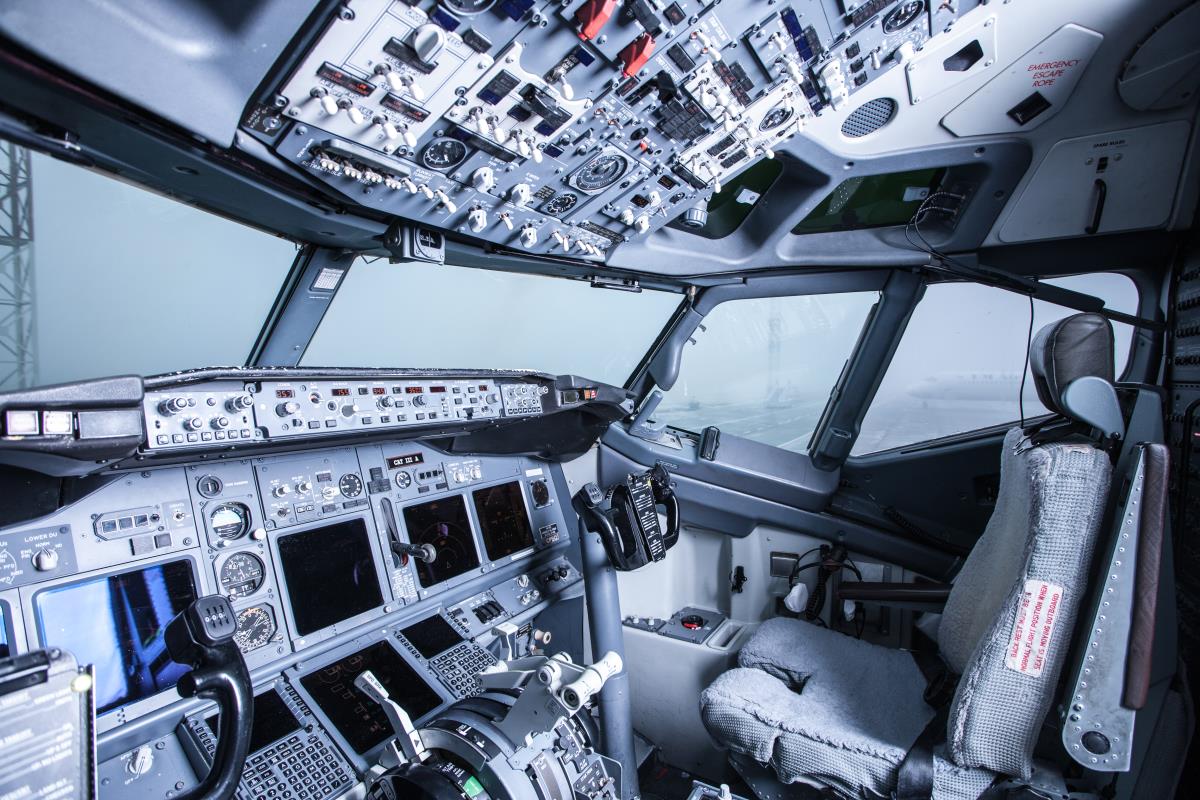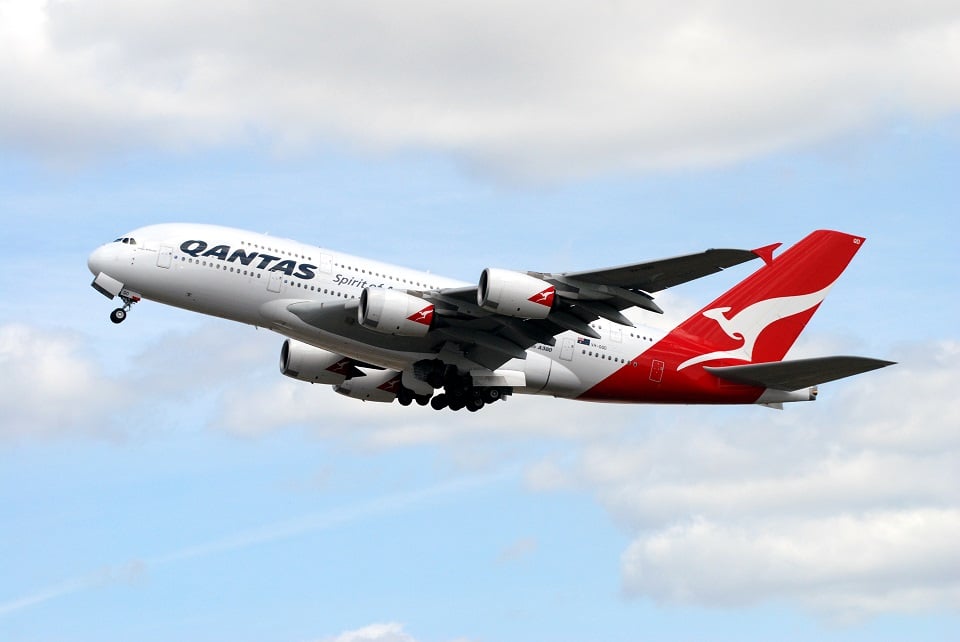Aviation
Pilotless Planes Could Save Airlines $35 Billion Per Year

Technology is ready to take over, and that includes airplanes. Although air travel is no stranger to autopilot, most people are uncomfortable with the idea of flying on a fully automated plane.
According to a new report from Swiss bank UBS, the aviation industry could save $35 billion a year by making planes pilotless. The cost of skilled employees would be cut by $31 billion, related training by $3 billion and fuel by $1 billion. That’s a whole lot of money; but there’s just one minor issue: According to the survey of 8,000 passengers, 54 percent are unwilling to board a plane without a pilot. Only 17 percent of participants, including people from the U.S., U.k., France, Germany and Australia, said they would fly on a fully automated flight.
The report stated that younger participants, ages 18 to 34, seemed more willing to fly without a pilot, with 30 percent saying they would try it out. UBS analysts were positive about the result, stating that “acceptance should grow with time.”
The technology needed to operate automated planes could be here by 2025. UBS said there’s also room for automated business to extend to jets, helicopters and commercial aircrafts beyond 2030.
“We think it is likely we would initially see cargo the first subsector to adopt new related technologies, with the number of pilots falling from two to one and eventually from one to none,” the report said.
Despite many people declining to fly on automated planes, major plane manufacturers are pushing for the change. Fortune reports that Boeing announced in June it was testing the appropriate technology and hinted that artificial intelligence could replace a number of tasks currently conducted by pilots.
As time passes, there is the possibility that people may one day not have a choice anymore. UBS mentioned that by the middle of the century, the majority of travelers will be willing to fly without a pilot.
Coutesy : Syracuse

Aviation
Lost Tool Found in Qantas A380 After 34 Flights

An Australian Transportation Safety Bureau (ATSB) investigation recently revealed that a Qantas A380 operated 34 flights with a 1.25-meter nylon tool lodged in one of its engines.
This turning tool, used during borescope inspections to rotate the intermediate-pressure compressor, was left behind during scheduled maintenance at Los Angeles on December 6, 2023. It remained inside the engine until it was discovered by maintenance staff during a subsequent check at Los Angeles on January 1, 2024.
China Takes the Lead in Sixth-Generation Fighters with White Emperor B
The ATSB report highlights two critical lapses. First, maintenance engineers failed to notice the tool during final checks for foreign objects after the borescope inspection. Second, the lost tool procedure was not activated when the tool was identified as missing.
The certifying engineer ultimately cleared the aircraft for service without accounting for the misplaced tool. During the time qantas films the tool was inside, the A380 completed 34 flight cycles, accumulating nearly 294 hours without any noticeable effect on engine performance.
Although the tool was deformed by high-energy airflow within the engine, there was no reported damage to the engine itself. ATSB Chief Commissioner Angus Mitchell commented.
India’s C-295 to Gain Advanced Weapons for Maritime Surveillance
“This incident underscores the importance of following established maintenance protocols. Engineers missed the tool during foreign object checks, and the required lost tool procedure wasn’t started after realizing the tool was missing.”
Following the investigation, the airline issued a safety directive, urging all engineering and tool storage teams to adhere strictly to these protocols to prevent similar incidents in the future.
A qantas spokesperson stated, “While the tool didn’t impact engine performance, we take this incident very seriously. It is critical to follow the correct lost tool procedures.”
-

 Aviation2 months ago
Aviation2 months agoBoeing confirms 797: A New Era for Mid-Size Aircraft
-

 Aviation2 months ago
Aviation2 months agoMicrosoft Flight Simulator Raises $3 Million to Bring Back the An-225 Mriya
-

 Aviation2 months ago
Aviation2 months agoLockheed and Tata Team Up to Build C-130J MRO Facility in India
-

 Airlines2 months ago
Airlines2 months agoQantas Engineers Stage Walkout Over Cost of Living Concerns
-

 Airlines2 months ago
Airlines2 months agoQatar Citizens Can Travel to the United States Without a Visa
-

 Aviation2 months ago
Aviation2 months agoBoeing Offers 25% Pay Increase & Promise to Build Next Plane in Seattle
-

 Aviation2 months ago
Aviation2 months agoQatar Airways bans these new Electronic Devices on plane
-

 Airlines2 months ago
Airlines2 months agoEmirates Ends 28-Year Singapore-Melbourne Fifth Freedom Route








